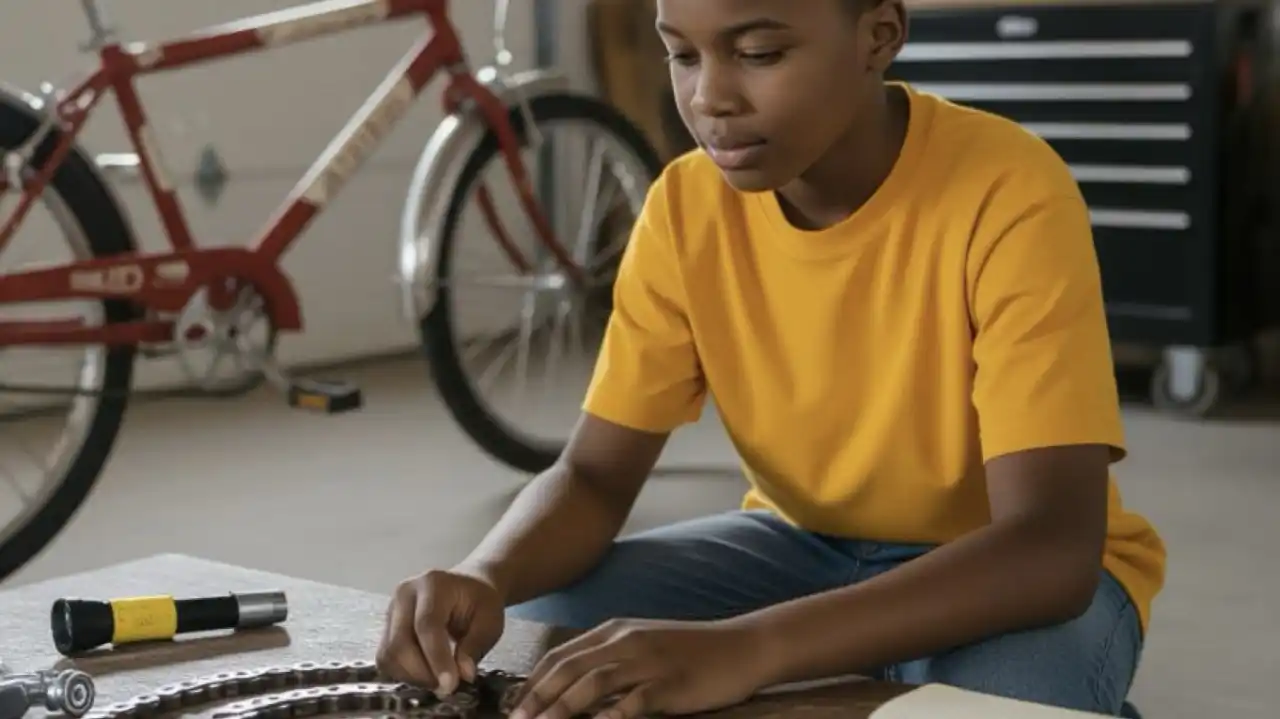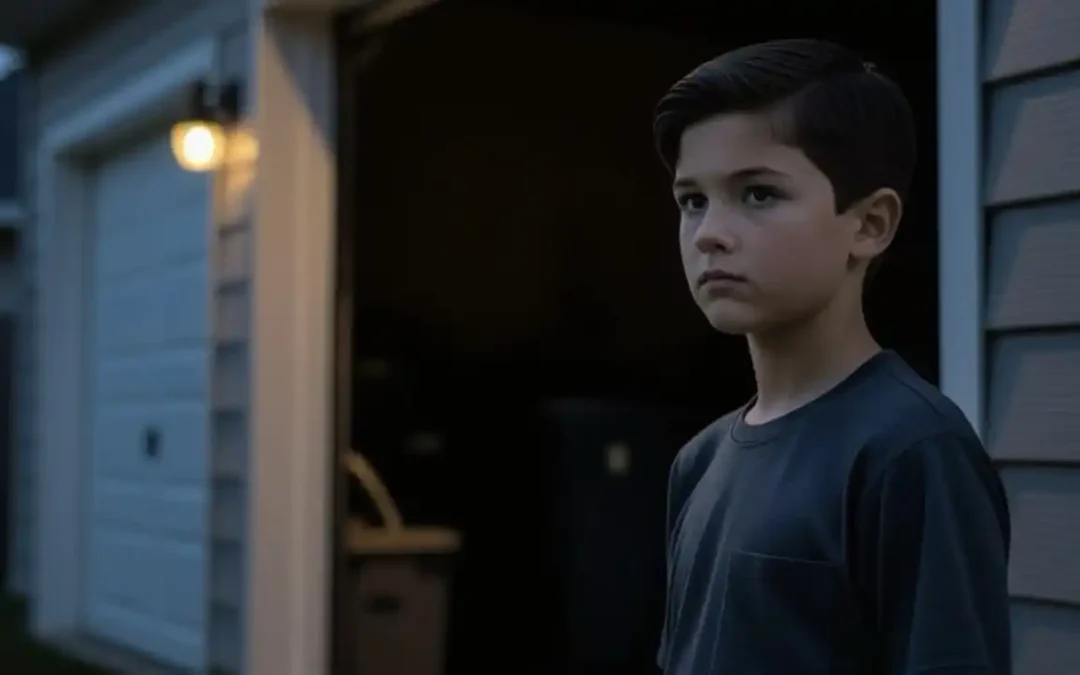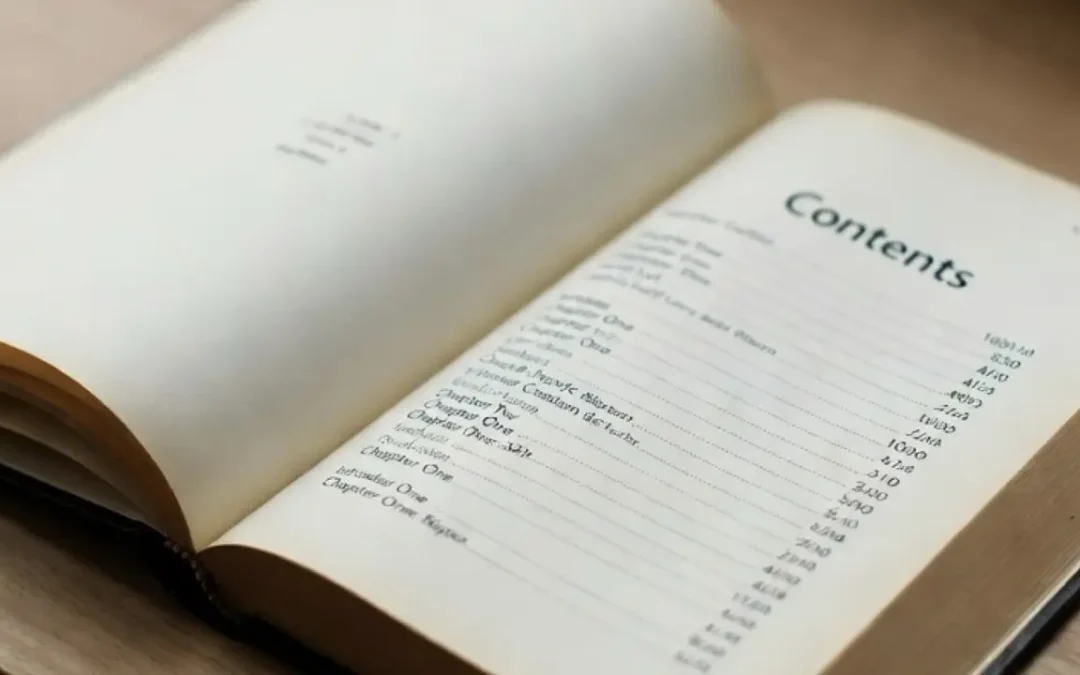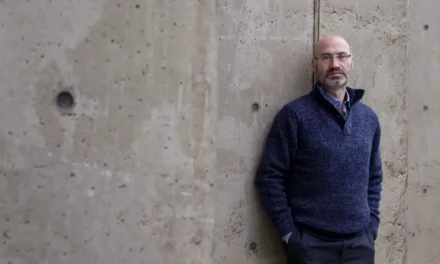
Facing the Unknown: Tie Whys to Places
C
hildren naturally link their questions to the world around them—if we help them look closely. A ripple in a stream, a curve in a path, the hum of a city—each one invites a why. When you visit a place together, slow down. Say something like, “I’ve always wondered what keeps that running,” or “Do you hear that?” and see where it leads. Whether they imagine hills, pipes, or magic, their answers don’t just fill the air—they shift how they see. A hand in the water, a foot on a trail, an ear to a vent—these small acts tie curiosity to real ground. You’re showing them that wonder doesn’t just live in books—it lives in the world.
One morning, my son spotted a rusty bike chain in our garage. I knelt beside him and said, “That looks worn—what do you think caused it?” He touched the orange film and guessed water. I nodded. Then I pointed to the cracked tires nearby. “What about that?” I asked. That moment launched a habit. From chains to chimneys to gravel, he started noticing details everywhere. Each new place we visited became a starting point—not just to observe, but to wonder. His curiosity didn’t just follow—it led.
You can grow that instinct by turning everyday outings into mini adventures. At a park, a store, or a city street, ask, “What’s something here you’ve never really looked at before?” Let the conversation wander. Younger kids might ask how something works; teens might wonder why something is the way it is. You don’t have to capture it in writing—just come back to it. Revisit the same place a week later and see what new questions appear. In doing so, you’re not just building habits of observation—you’re helping them see the world as something to explore, not just pass through.
Facing the Unknown

Facing the Unknown: Protect Their Wonder
Preserve children’s spark of curiosity. Limit pressure and distraction to keep learning joyful, imaginative, and meaningful.

Facing the Unknown: Nurture Their Nerve
Confidence grows when children attempt difficult things. Encourage small risks that build mental strength and bold self-expression.

Facing the Unknown: Soften Their Fears
Help children face fears gently and bravely. Emotional safety fosters resilience, self-trust, and steady courage.
Table of contents

Primordial Soup for the Mind: Navigation
Navigate the book Primordial Soup for the Mind.
TIPS
- Discuss traits to spark joy.
- Invite guesses to fuel curiosity.
ACTIVITIES
- Pond Pause: Visit a pond, share guesses about what you see—10–15 min
- City Muse: Explore a city street, notice sound or motion—10–15 min
- Place Jot: Draw or describe a discovery in a journal—10–15 min
TOOLS
Discovery Journal, Place Chart

Download “Primordial Soup for the Mind: A Parent’s Guide to Nurturing Intellectual Growth”
Enter your information to get this article and hundreds more as part of the FREE book Primordial Soup for the Mind.
Share your thoughts with the Thought Academy community in the Comments section below.

Sharpen those skills!
Enter your information to get our FREE practice exercises so you can hone your critical thinking and reasoning skills!







0 Comments